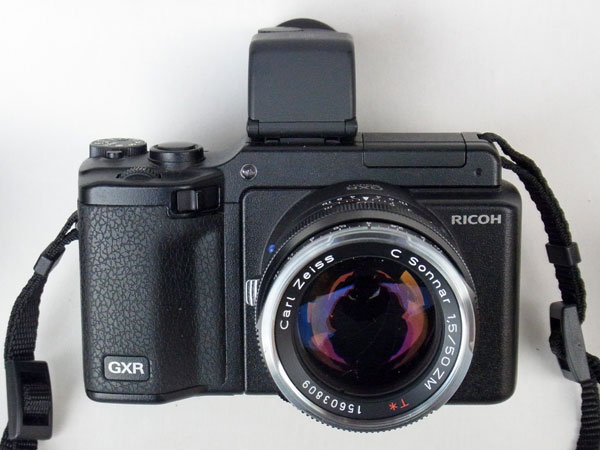Ricoh GXR: M-Mount Unit with Zeiss 50 mm
Expanding the Equipment | Body with Lens Attached | Some Technical Data | Sample Images | Conclusions | Links
Archive
After Ricoh's official announcement of the M-mount expansion unit, I decided to buy one, although I had not intended to do so originally. Here are my first personal experiences with the lenses that I bought (or tried to buy). This page is devoted to the Zeiss Sonnar 50mm f/1.5 lens.
All lens pages: Voigtländer 15mm f/4.5 | Zeiss Biogon 21mm f/4.5 | Voigtländer 25mm f/4 (M39) | Minolta M-Rokkor 28mm f/2.8 | Zeiss Biogon 35mm f/2.8 | Zeiss Sonnar 50mm f/1.5 | Voigtländer 75mm f/2.5 (M39) | Leitz Elmar-C 90mm f/4 | Leitz Tele-Elmar 135mm f/4
Expanding the Equipment
In October and November, 2011, I expanded my lens collection and bought eventually three Zeiss lenses for the M-mount unit, after having some trouble with decentered Voigtländer lenses.
First, at the end of October, 2011, I bought a black Zeiss Sonnar T* C 50mm f/1.5 ZM lens (75mm equiv.), then my most expensive and fastest lens:
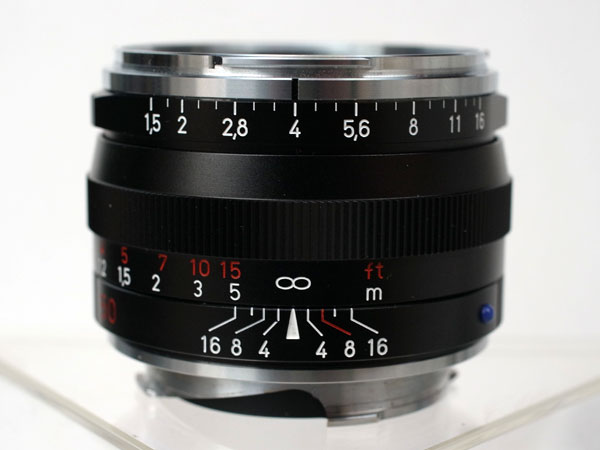 |
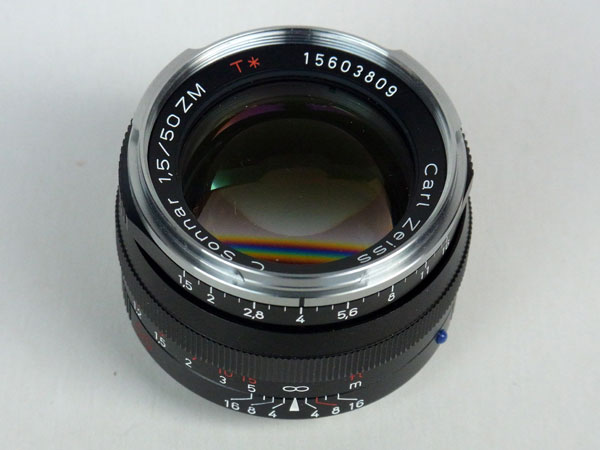 |
|
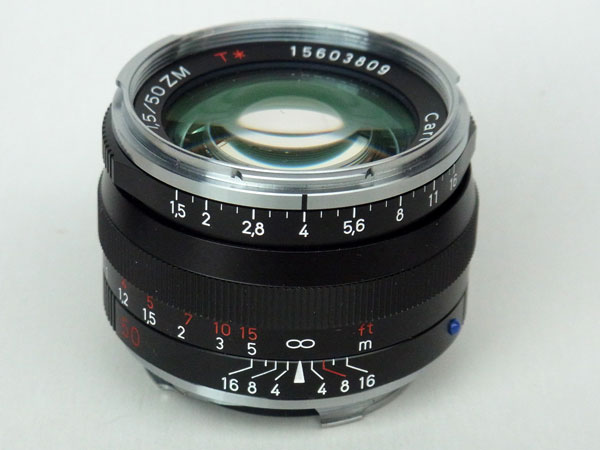 |
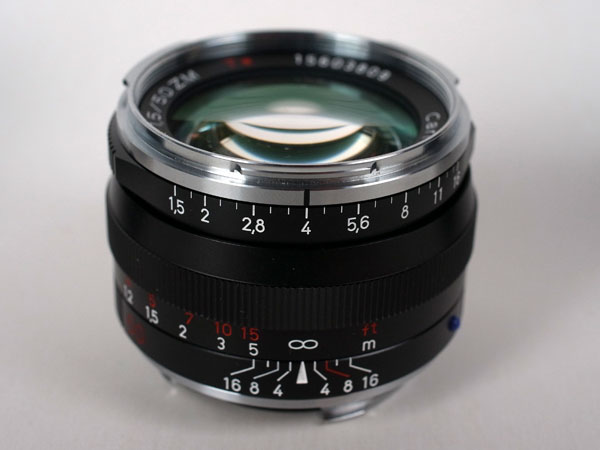 |
Photos: Arrived on October 25, 2011: Zeiss Sonnar T* C 50mm f/1.5 ZM lens (black) (75 mm equiv.)
This lens has a mixed reputation. On the hand hand it has been blamed for focus shift, and Zeiss gave an explanation of this. In addition, focus shift is primarily an issue with rangefinder cameras, not "when you see is what you get" (see the M-mount FAQ for details). On the other hand, this lens is also said to create 3D-like images, and posters in forums encouraged me to buy the lens. And that's what I eventually did.
On the M-mount expansion unit, it has an equivalent focal length of 75 mm and thus, works like a "portrait" lens. Using it instead of a normal lens took me some time to get used to...
Body with Lens Attached
Photo: Body with A12 M-mount expansion unit attached and Zeiss Sonnar 50mm f/1.5 lens
Some Technical Data
| Focal length | 50 mm (75 mm equiv.) |
| Angle of view (35mm film) | 46° diagonal |
| Maximum aperture | 1.5 |
| f-stop range | 1.5-16 |
| Number of iris blades | 10 |
| Number of lenses/groups | 6/4 |
| Shortest distance | 0.9 m |
| Weight | 250 g |
| Length (w/wo cap) | 63 mm (45 mm) |
| Maximum diameter | 56 mm |
| Filter thread | 46 mm |
| Lens hood | does not have one |
Sample Images
Here are some samples taken with the Zeiss Sonnar 50mm f/1.5 lens (click the images to view the unprocessed original files in a new window):
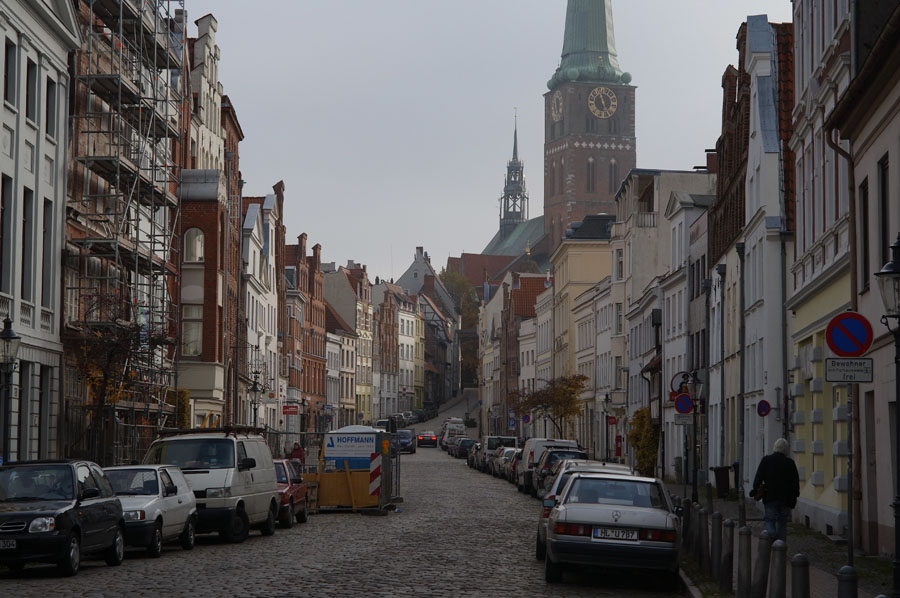 |
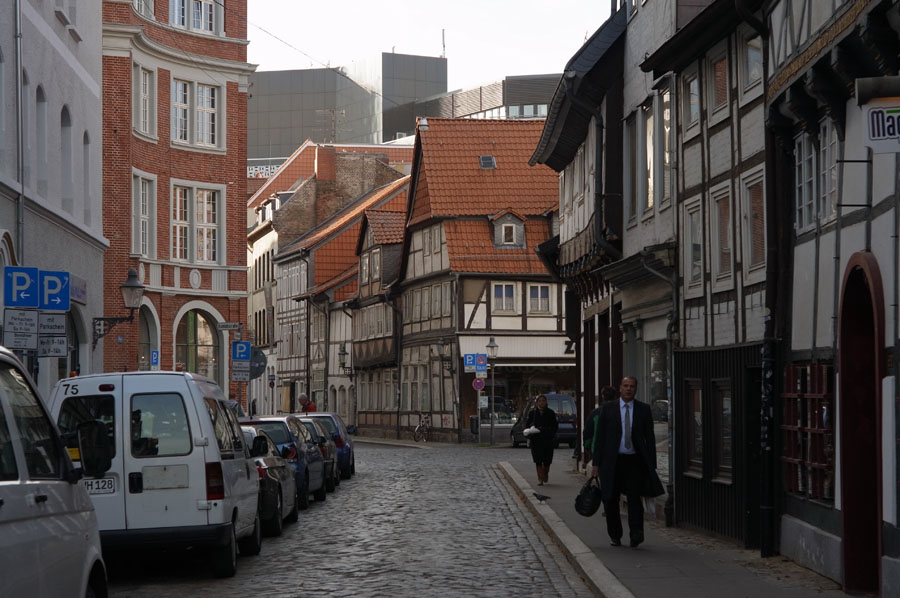 |
|
 |
 |
|
 |
 |
|
 |
 |
Conclusions
Disclaimer: I am not a lens expert who sees marked differences between various Leica and/or other lenses. I can check for soft corners, find differences in color rendition, and, in rare cases, may discover a "3D look", but that's all. Please regard therefore my conclusions as the verdict of a "layman".
Manual focusing is difficult with the 50mm Zeiss lens wide open - here my results are still inconsistent. For example, at f/1.5 buildings that are 20 m or even farther away may not be at infinity. Thus, at least wide open you cannot simply set distance to infinity and expect sharp images at wide open.
The other issue is that every fast lens has a very shallow depth of field when wide open. The viewfinder of the GXR does not have the quality of a good optical viewfinder that allows to control depth of field with ease. Screen magnification with a factor of 4x or 8x helps, but you cannot oversee the whole scene. Focus assist is neither in mode 1 nor mode 2 my favorite...
All in all, some practice is needed for mastering this fine lens.
Links
- Zeiss Sonnar 50mm f/1.5 (Zeiss, English): lenses.zeiss.com/photo/en_DE/products/ikon/csonnart1550zm.usage.html
- Zeiss Sonnar 1:1,5/50 mm (Zeiss, German): lenses.zeiss.com/photo/de_DE/products/ikon/csonnart1550zm.usage.html
- Zeiss Sonnar 50mm f/1.5 at Ken Rockwell "Leica Lens Reviews" (scroll the list): www.kenrockwell.com/leica/lens-reviews.htm#50 • full review: http://www.kenrockwell.com/zeiss/zm/50mm-f15.htm
For more links related to the Ricoh GXR M-mount expansion unit, see page M-Mount Links.
| 19.11.2020 |
